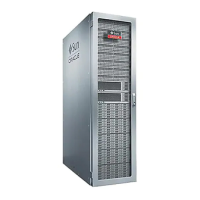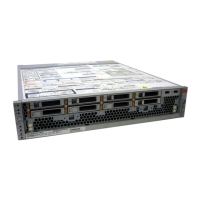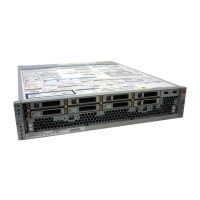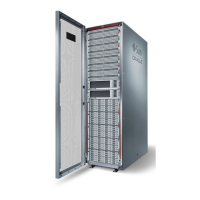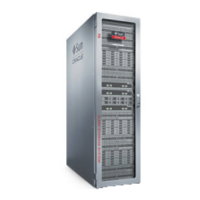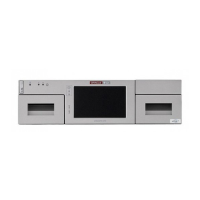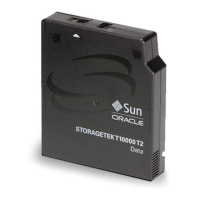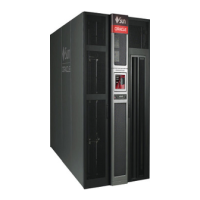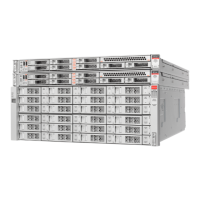Access Control Lists for Filesystems
TABLE 114
Mode Change Values
BUI Value CLI Value Description
Discard ACL
discard
All ACL entries that do not represent
the mode of the directory or file
are discarded. This is the default
behavior.
Mask ACL with mode
mask
The permissions are reduced, such
that they are no greater than the
group permission bits, unless it is a
user entry that has the same UID as
the owner of the file or directory. In
this case, the ACL permissions are
reduced so that they are no greater
than owner permission bits. The
mask value also preserves the ACL
across mode changes, provided an
explicit ACL set operation has not
been performed.
Do not change ACL
passthrough
No changes are made to the ACL
other than generating the necessary
ACL entries to represent the new
mode of the file or directory.
Related Topics
■
“Root Directory ACL” on page 419
■
“ACL Inheritance Behavior” on page 417
■
“Root Directory ACL” on page 419
ACL Inheritance Behavior
When a new file or directory is created, it is possible to inherit existing ACL settings from the
parent directory. This property controls how this inheritance works. These property settings
usually only affect ACL entries that are flagged as inheritable - other entries are not propagated
regardless of this property setting. However, all trivial ACL entries are inheritable when used
with SMB. A trivial ACL represents the traditional UNIX owner/group/other entries. To edit
the ACL inheritance behavior, see Editing a Project BUI, CLI.
TABLE 115
ACL Inheritance Behavior Values
BUI Value CLI Value Description
Do not inherit entries
discard
No ACL entries are inherited. The
file or directory is created according
to the client and protocol being used.
Shares and Projects 417
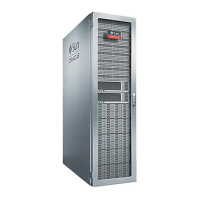
